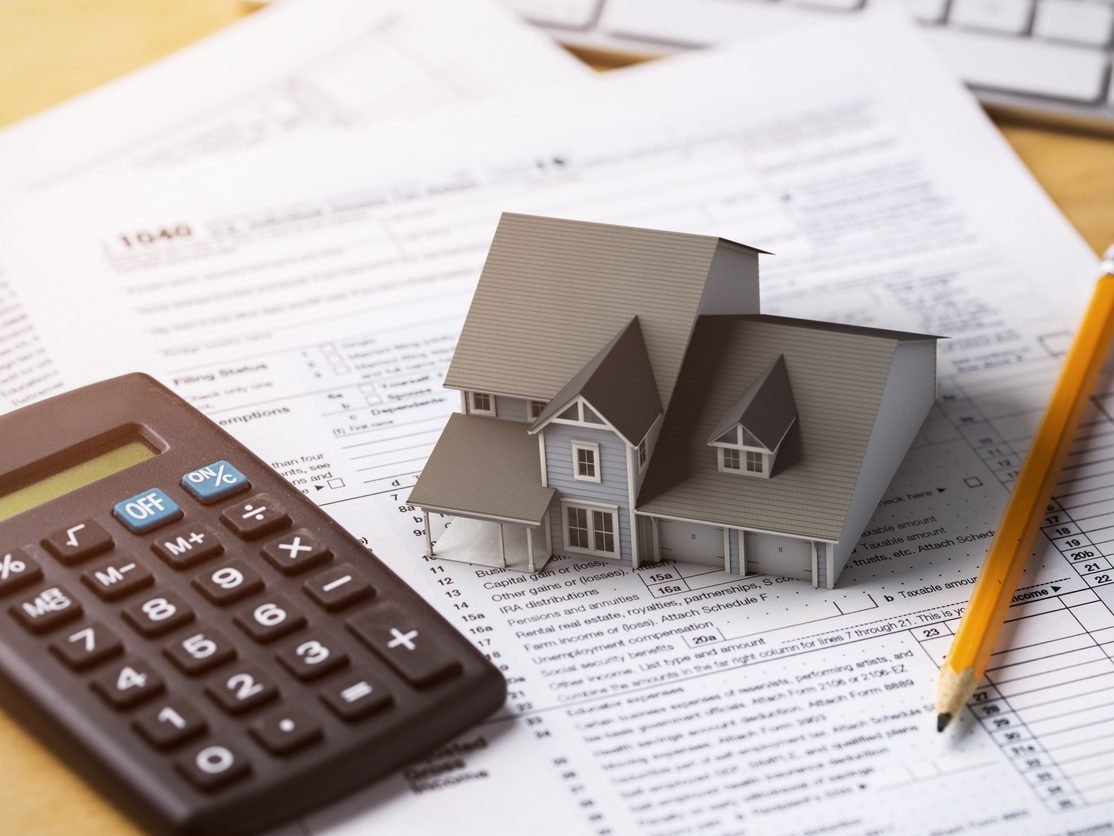Before you start the house-hunting process, there’s an important step you can take to save you time and make the process smoother: getting pre-approved for a mortgage. A pre-approval determines the home price you can afford which allows you to budget for your home purchase and focuses your home search. With a pre-approval you’ll also be able to lock in a mortgage rate in case rates increase during your home search.
What to Expect
Why Get Pre-approved for a Mortgage
How to Get Pre-approved for a Mortgage
Credit Score
Down Payment
Debt Service Ratios
Supporting Documentation
What is a Mortgage Pre-Approval?
A mortgage pre-approval is a process that provides you with important information to help you with your home search. When you get pre-approved for a mortgage, you’ll find out:
The maximum amount you can afford to spend on a home
The monthly mortgage payment associated with your maximum purchase price
What your mortgage rate will be for your first mortgage term
Applying for a mortgage pre-approval is free and it doesn’t commit you to one single lender. However, getting pre-approved does guarantee that the mortgage rate you are offered by a lender will not change for 120 to 160 days. By “locking in” your rate, you’re protected if interest rates rise while you’re shopping for a home. If interest rates go down during this time, your lender will honour the lower rate.
Pre-Approval
House Hunting
Funding
Closing
Programs at a Glance
Why Get Pre-approved for a Mortgage
The Home Buyers' Tax Credit, at current taxation rates, works out to a rebate of $750 for all first-time buyers. After you buy your first home, the credit must be claimed within the year of purchase and it is non-refundable. In addition, the home you purchase must be a 'qualified' home, described in more detail below. If you are purchasing a home with a spouse, partner or friend, the combined claim cannot exceed $750.1
To receive your $750 claim, you must include it with your personal tax return under line 369.
Credit Score
If your credit score is below 680 and above 600, lenders will look at the other details of your finances to determine if you can qualify with an “A” level lender or not. If you don’t qualify, you’ll need to go through a “B” level lender, such as Home Trust, to get a mortgage pre-approval.
If your credit score is below 600, you will only qualify for a mortgage with a “B” level lender, and you won’t get today’s best mortgage rates.
Debt Service Ratios
How to Get Pre-approved for a Mortgage
Down Payment
The size of your down payment affects how much you can borrow. For example, if you wanted to buy a house worth $300,000, you would need at least a $15,000 down payment.
$300,000 x 5% = $15,000
As of February 15th 2016, the minimum down payment is higher for homes sold for $500,000 - $999,999. You now need to put down 5% of the first $500,000, and 10% of any amount over $500,000. For example, a house worth $600,000 would require a down payment of at least $35,000.
($500,000 x 5% = $25,000) + ($100,000 x 10% = $10,000) = $35,000
Supporting Documentation
Here is a list of documentation you may need to provide for your mortgage pre-approval:
Identification
Proof of income (pay stubs and letter from your employer, or a notice of assessment if you are self employed)
Length of time with employer
Proof of down payment and ability to pay closing costs (recent financial statements of bank accounts and investments)
Proof of any other assets like a car, cottage or boat
Information about other debts including:
Credit cards or lines of credit
Spousal or child support payments
Student loans
Car leases or loans
Personal loans
Hey there, do you need a Pre-Approval?
Looking for more information on these topics? Check our Resources Section!











